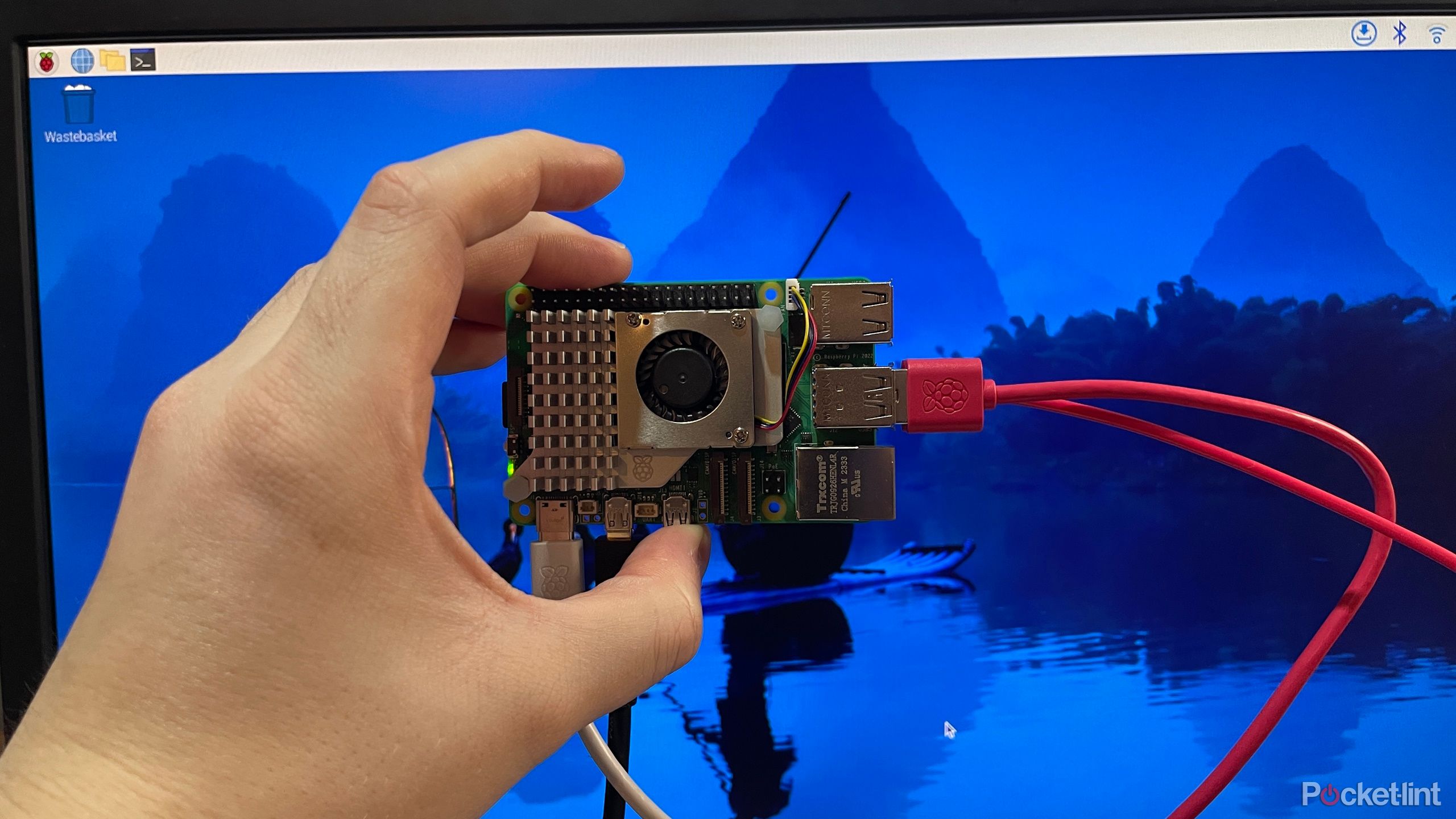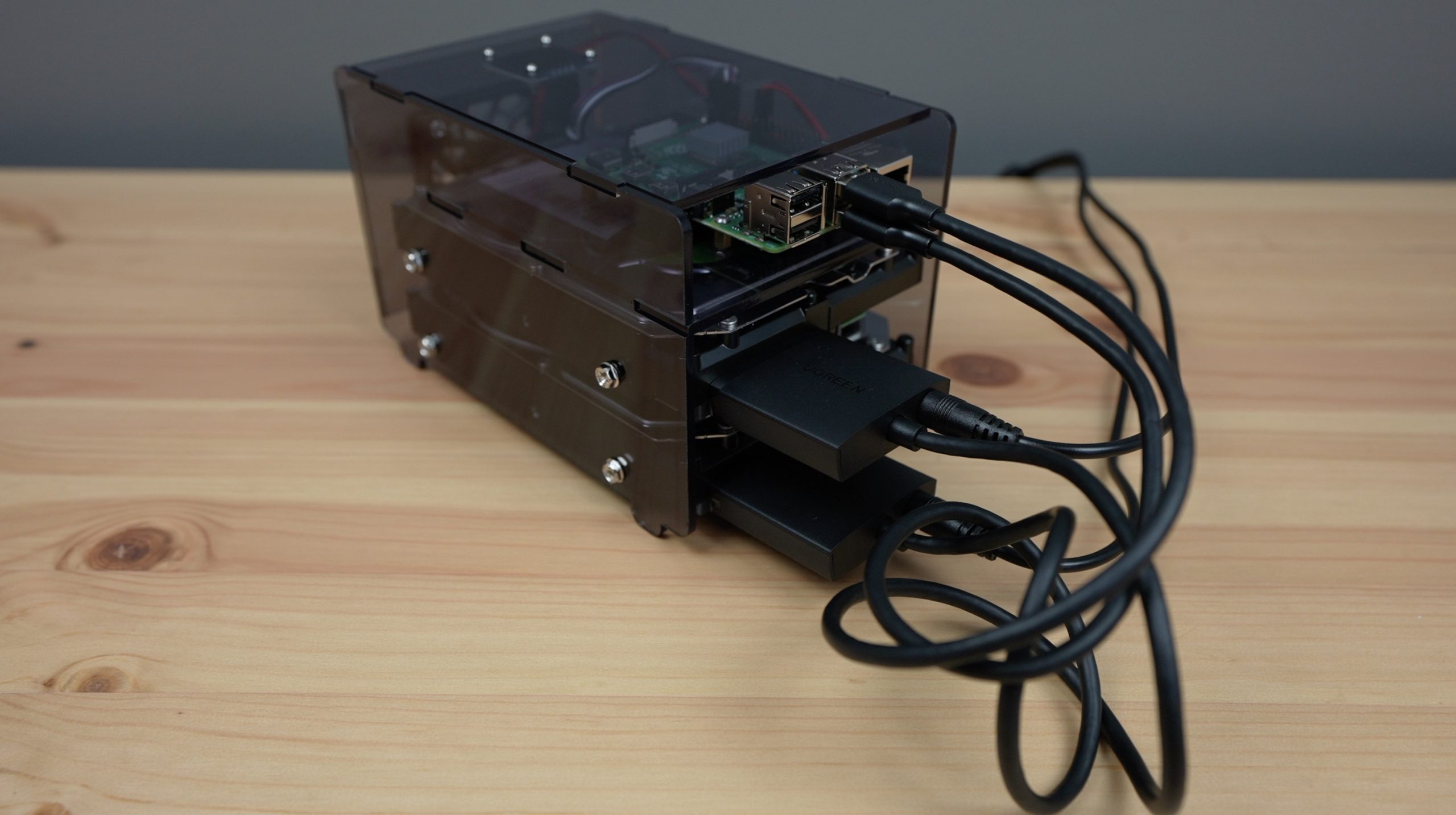Unlock Free Remote IoT: Raspberry Pi Solutions!
Ever dreamt of commanding your entire digital domain from the comfort of your couch, without emptying your wallet? You're not alone in this quest. The convergence of Raspberry Pi and the Internet of Things (IoT) has sparked a revolution, empowering countless enthusiasts and developers to craft intricate systems accessible from anywhere in the world, and yes, often for free!
Raspberry Pi, the diminutive yet powerful single-board computer, has swiftly become the darling of the maker community. Its versatility and affordability make it an ideal platform for realizing a myriad of IoT projects, regardless of your technical prowess. However, the question remains: how does one construct a remotely accessible IoT ecosystem powered by Raspberry Pi without incurring exorbitant costs? Fear not, for this exploration delves into the realm of cost-effective, often entirely free, solutions for remote Raspberry Pi IoT deployments, designed to streamline your journey into the interconnected world.
| Category | Details |
|---|---|
| Name | Raspberry Pi Foundation |
| Founded | 2009 |
| Mission | To promote the study of computer science and related topics, especially at school level, and to put the fun back into learning computing. |
| Founders | David Braben and Eben Upton |
| Headquarters | Cambridge, United Kingdom |
| Products | Raspberry Pi, Pi Zero, Pi HATs, and more |
| Community | Over 1 million active users worldwide |
| Website | Raspberry Pi Foundation |
This guide provides a structured pathway, beginning with the fundamental steps of establishing remote access to your Raspberry Pi and culminating in the integration of various open-source platforms that unlock a world of possibilities. Prepare to embark on a transformative journey that will undoubtedly elevate your IoT capabilities!
- Shiloh Joliepitt Decoding The Life Of A Celebrity Child Now
- Exploring The Legacy Who Is Tony Hinchcliffes Father Facts
Before immersing ourselves in the technical intricacies of free Raspberry Pi remote IoT solutions, it is imperative to recognize the significance of the Raspberry Pi itself. Far from being a mere circuit board, it symbolizes a paradigm shift in the landscape of technology.
The Raspberry Pi Foundation, the entity behind this technological marvel, was established in 2009 with a clear and ambitious mission: to foster the study of computer science and related disciplines, particularly at the grassroots level, and to inject a sense of enjoyment back into the process of learning about computing. This mission underscores the Raspberry Pi's role as an educational tool, empowering individuals to explore the world of technology in an accessible and engaging manner.
At its core, Raspberry Pi IoT involves harnessing the Raspberry Pi as the central processing unit, or "brain," of your diverse Internet of Things initiatives. Imagine it as a miniature computer capable of establishing connections with the internet and exerting control over a multitude of devices. This convergence of computing power and connectivity opens the door to a vast array of applications, limited only by one's imagination.
- Spotlight On Dansby Swansons Children Life In The Public Eye
- Decoding Cardi B Amp Diddy A Deep Dive Into Their Power Amp Influence Now
The allure of Raspberry Pi stems from its trifecta of advantages: affordability, versatility, and user-friendliness. Whether you aspire to construct a sophisticated smart home ecosystem or a meticulously detailed weather monitoring station, the Raspberry Pi stands ready to tackle the challenge. Furthermore, the unwavering support of a vibrant and expansive community ensures that you will never encounter a shortage of resources, guidance, or innovative ideas.
The financial implications of embarking on IoT projects can often be a deterrent, with hardware, software licenses, and hosting fees potentially accumulating rapidly. However, the realm of free solutions offers a compelling alternative, allowing you to embark on your IoT journey without incurring significant expenses. These cost-free options provide a fertile ground for experimentation, learning, and innovation, all without the burden of financial risk.
Opting for free solutions unlocks several key benefits. It allows you to allocate your resources more efficiently, freeing up funds for the acquisition of other desirable gadgets or components. The absence of financial commitments fosters a culture of experimentation, encouraging you to explore uncharted territories without the fear of monetary loss. Moreover, free platforms typically boast vibrant and supportive communities that stand ready to provide assistance, troubleshoot challenges, and collectively refine your projects.
The ability to remotely access your Raspberry Pi is a truly transformative feature, enabling you to monitor and control your IoT devices from any corner of the globe. This level of accessibility transcends mere convenience, opening up new avenues for automation, data collection, and real-time control. But how does one establish this crucial remote connection? Let's break down the process into manageable steps.
Your trusted ally in the realm of remote access is SSH, or Secure Shell. This cryptographic network protocol enables you to establish a secure connection with your Raspberry Pi over the internet. To initiate the installation of SSH, simply execute the following command in your terminal: `sudo apt-get install ssh`.
Assigning a static IP address to your Raspberry Pi ensures that it maintains a consistent address, simplifying the process of remote connection. To configure a static IP, edit the `dhcpcd.conf` file using the following command: `sudo nano /etc/dhcpcd.conf`.
Numerous free tools are available to facilitate remote access to your Raspberry Pi. Some popular options include:
- TeamViewer: Renowned for its ease of setup and intuitive interface.
- VNC Viewer: Well-suited for interacting with graphical interfaces.
- ngrok: Particularly useful for testing and debugging purposes.
Selecting the appropriate platform is a critical determinant of success when developing IoT projects. Fortunately, a plethora of free platforms seamlessly integrate with the Raspberry Pi. Here are some of the top contenders:
Node-RED stands out as a flow-based programming tool that simplifies the process of connecting devices and services. Its intuitive visual interface makes it accessible to both novice and experienced developers. Best of all, it's available completely free of charge.
MQTT (Message Queuing Telemetry Transport) is a lightweight messaging protocol optimized for IoT applications. It enables devices to communicate efficiently, even in environments with limited bandwidth. Its publish-subscribe architecture makes it well-suited for building scalable and robust IoT systems.
Home Assistant is an open-source platform specifically designed for home automation. It offers seamless integration with a vast ecosystem of devices and services, making it an excellent choice for creating sophisticated smart home solutions. Its modular design allows for customization and expansion to meet individual needs.
While remote access offers unparalleled convenience, it is essential to prioritize security to safeguard your Raspberry Pi and the connected devices. Consider the following security best practices:
- Employ strong, unique passwords: Steer clear of easily guessable or commonly used passwords.
- Enable a firewall: Implement a firewall to restrict unauthorized access to your Raspberry Pi.
- Maintain up-to-date software: Regularly update your operating system and software to patch vulnerabilities.
Even the most meticulously planned projects can encounter unforeseen challenges. Here are some common issues and their corresponding solutions:
Solution: Verify that SSH is enabled and that your Raspberry Pi has an active internet connection.
Solution: Assess your internet connection speed and attempt to optimize your network configurations.
Solution: Reboot your Raspberry Pi and ensure that all connections are securely established.
Having established a solid foundation, let's explore some real-world applications that can be realized using free Raspberry Pi remote IoT solutions:
Leverage a single Raspberry Pi to orchestrate your lighting, temperature control, and security system. Utilize Home Assistant to unify all your devices into a centralized control panel.
Construct a weather station that autonomously gathers data from environmental sensors and transmits it to a cloud-based platform for in-depth analysis.
Implement a remote surveillance system that streams live video feeds to your smartphone or computer. Utilize MotionEyeOS for a user-friendly interface and advanced features.
To gain a clearer understanding of the financial commitment involved in a Raspberry Pi remote IoT project, let's break down the costs:
- Raspberry Pi: Approximately $35
- Sensors: Ranging from $20 to $50
- Power Supply: Around $10
- SD Card: Approximately $10
- Total: Estimated between $75 and $105
These figures represent the core hardware expenses. By leveraging free platforms and software, you can minimize your overall expenditures while simultaneously maximizing your creative potential. The accessibility of these resources empowers individuals to explore the world of IoT without facing significant financial barriers.
- Ali Mcgraw The Story Of An Iconic Actress And Her Films
- Unveiling Kyle Kuzmas Ethnicity More Than Just A Player On Court

Best Raspberry Pi in 2024

Raspberry Pi NAS The DIY Life

Best RemoteIoT Behind Router Raspberry Pi Free A Comprehensive Guide